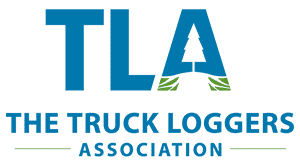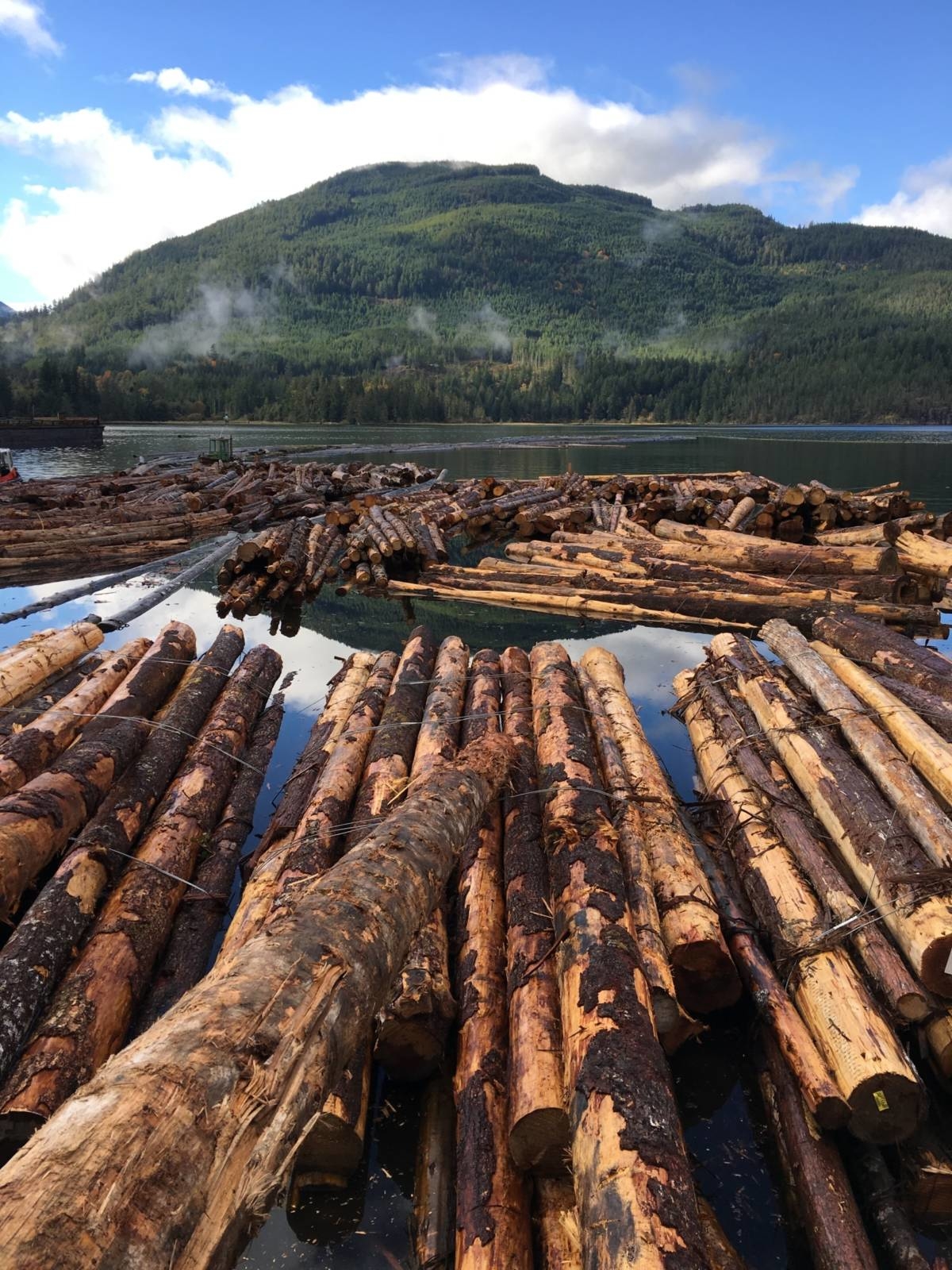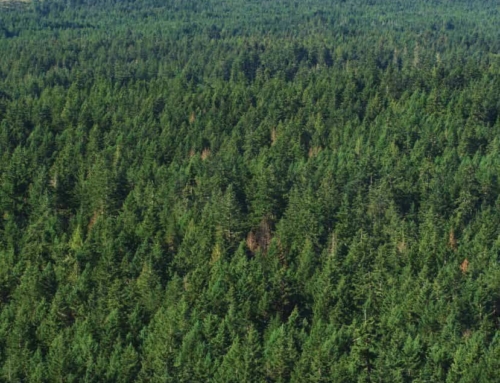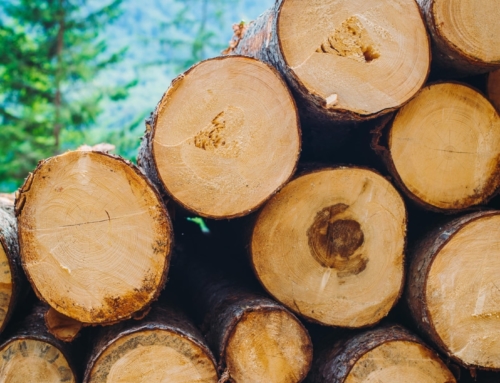‘A New Future for Old Forests’ comes after two foresters travelled province collecting information
B.C. to protect 353,000 hectares of forest with old-growth trees from logging until new plan is developed
‘A New Future for Old Forests’ comes after two foresters travelled province collecting information
In what it’s calling a new approach to forest management in B.C., the province says it will protect 353,000 hectares of forest in nine old-growth areas throughout the province from logging.
The promise comes as the Ministry of Forests released a new report entitled A New Future for Old Forests, meant to guide an overhaul of forestry rules.
It’s based on the work of two foresters who travelled the province for months hearing about how B.C.’s massive, old-growth trees should be protected. The term old-growth in B.C. means trees that are generally 250 years or older on the coast and 140 years or older in the Interior.
“For many years, there has been a patchwork approach to how old-growth forests are managed in our province, and this has caused a loss of biodiversity. We need to do better and find a path forward that preserves old-growth forests, while supporting forest workers,” said Doug Donaldson, the minister of forests, lands, natural resource operations and rural development in a news release.
Donaldson said 23 per cent of the forested land base in B.C., some 13.2 million hectares, is made up of old-growth forest.
A majority of the hectares temporarily protected from logging announced on Friday are in Clayoquot Sound on Vancouver Island, an area known for its large trees, biodiversity and confrontations over development.
The ministry said just over 197, 000 hectares of the nine protected areas are considered old-growth while the remaining 156,000 hectares in the protected areas contain younger trees described as second-growth
They met with conservationists, unions, First Nations and the public to ask about the ecological, economic and cultural importance of old growth trees and forests.
The pair submitted 14 recommendations to the government at the end of April, which outline short- to long-term goals in revitalizing the forestry sector and protecting trees.
They include deferring old-growth forest harvesting in nine areas throughout the province totalling 352,739 hectares, which the government says it will do at least until a new old-growth strategy for the province can be determined. The report outlines a 36-month timeline, with goals along the way.
Other recommendations include a commitment from government to work in lock-step with First Nations and other stakeholders, whether they be forestry workers, environmentalists or tourism operators to come up with a new way to do forestry.
“Those who are calling for the status quo to remain are risking crucial biodiversity loss, while those who are calling for immediate moratoriums on logging are ignoring the needs of tens of thousands of workers,” said Donaldson.
“Our government believes in supporting workers, while addressing the needs of old-growth forests, and these values will guide our new approach.”
‘The work starts now’
Kwakiutl First Nation Hereditary Leader David Knox said, in a news release from the Sierra Club of BC., the report is a good first step toward having the province and First Nations revise logging rules in lockstep.
“We’ve seen heavy industrial exploitation of the ancient forests and given only crumbs in return,” he said. “My hope is that we come together to create a better relationship with the forest. The work starts now and we’re ready.”
Gary Fiege, the president of the Public and Private Workers of Canada, represents about 3,000 mill workers in B.C.
He said the report addresses a critical need to improve relationships with First Nations going forward. The report also calls for a social economic analysis of what a reduction in old growth logging may mean for communities that rely on it.
“We have to be very cautious that we don’t fall from one side to the other, that we try to take a balanced approach that looks after the environment, that looks after the biodiversity that we all know is important but also looks after the communities that are dependent on these resources for their economic livelihood.”
Bob Brash, executive director of the Truck Loggers Association, which represents around 9,000 forestry workers, said he has faith that the government will be able to balance the environment and the economy when it comes to logging policy.
“The government has sent out the right messages,” he said. “We will take the minister at his word about doing this the right way.”
Environment advocates like B.C.’s Wilderness Committee were initially pleased with the report and the government’s embracing of its measures but expressed a desire to have it go further, faster.
Torrance Coste, who speaks for the committee said in a news release that the government will need to make good on all 14 recommendations.
“The report’s recognition of the need for a total paradigm shift in forestry is great to see and now it’s time for government to start making these changes,” he said.
“Old-growth forests in B.C. are in crisis and today the government has acknowledged logging them is unsustainable.”
The province also announced a regulation would be introduced to protect 1,000 to 1,500 exceptionally large trees with one-hectare buffer zones around them.
Promise long time coming
In the lead-up to the report, critics claimed the independent panel and its work, along with other forestry sector engagement initiatives, were nothing more than a tactic to stall meaningful change in how the ecological wonder of the province’s massive old trees, some 800 to 1,000 years old, are managed in order to ensure their survival.
An overhaul to the province’s forestry rules was a central plank of the NDP’s election platform in 2017.
Logging practices, wildfires and insect outbreaks have all contributed to a sector in crisis, with mill closures and forestry strikes.
Sierra Club B.C. estimates that more than 140,000 hectares of old-growth forests — those with trees at least 120 years old — are logged each year along the B.C. coast and in the Interior.
The conservation group says these types of forests should be preserved because of their significance to First Nations’ cultural values, but also because they’re good for the environment, helping to clean air and water, store carbon and house other plants and animals.
The Old Growth Strategic Review follows a similar consultation process, intended to result in the overhaul of B.C.’s forestry rules to better protect ecosystems, maintain jobs and reconcile with First Nations.










Get Social